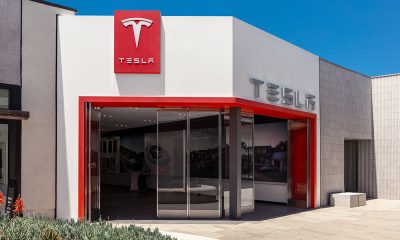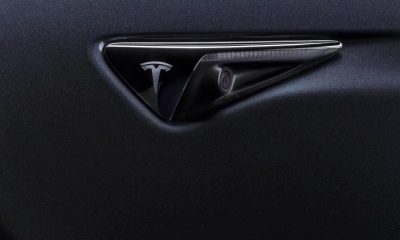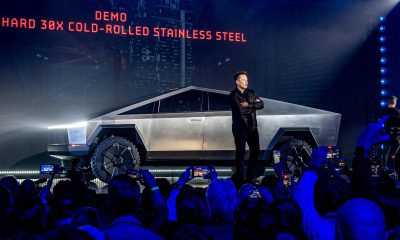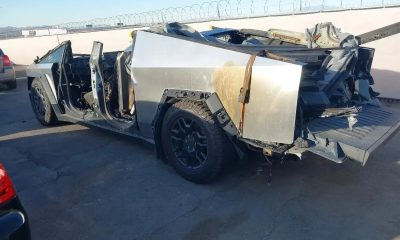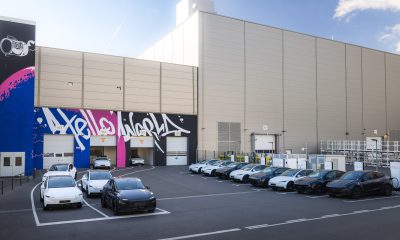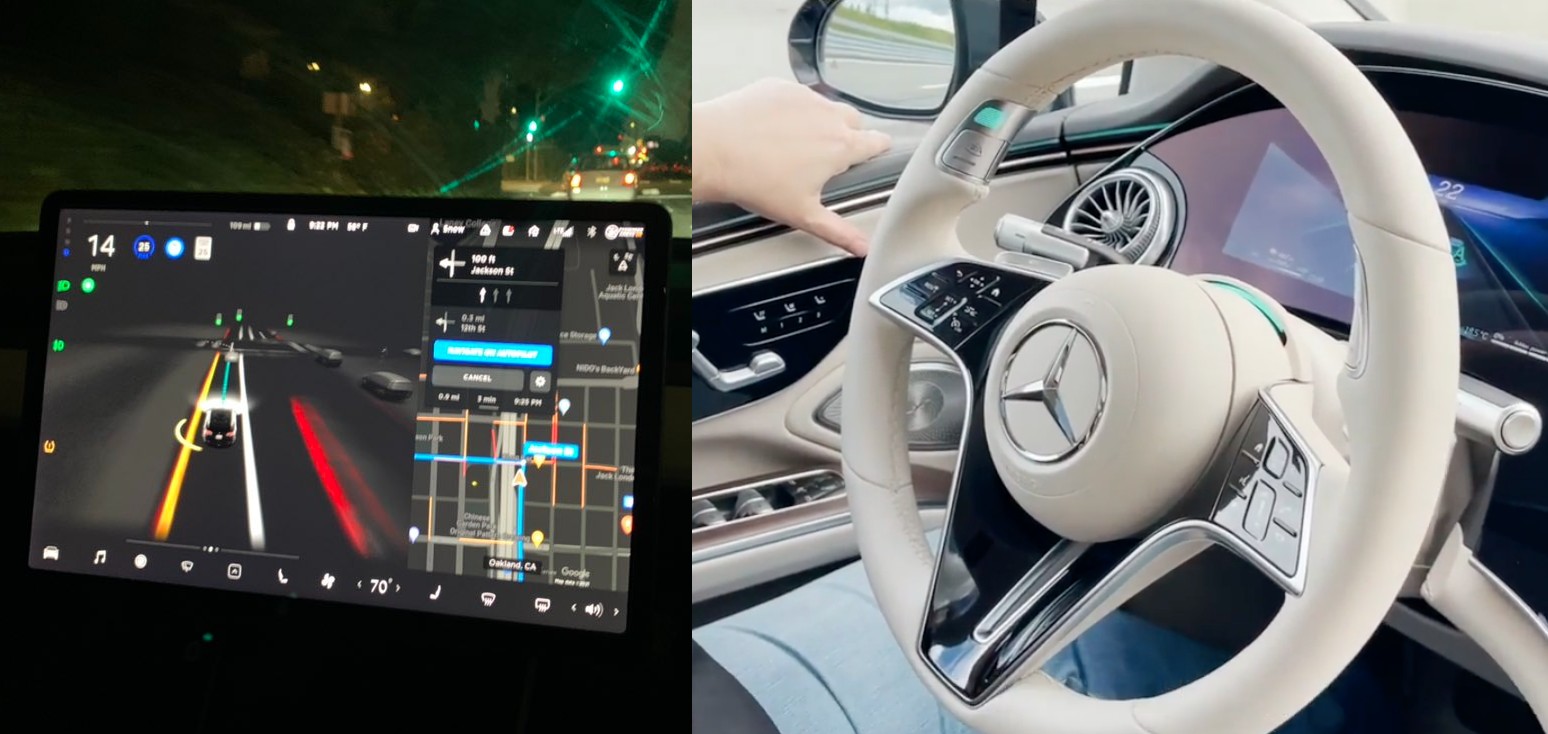
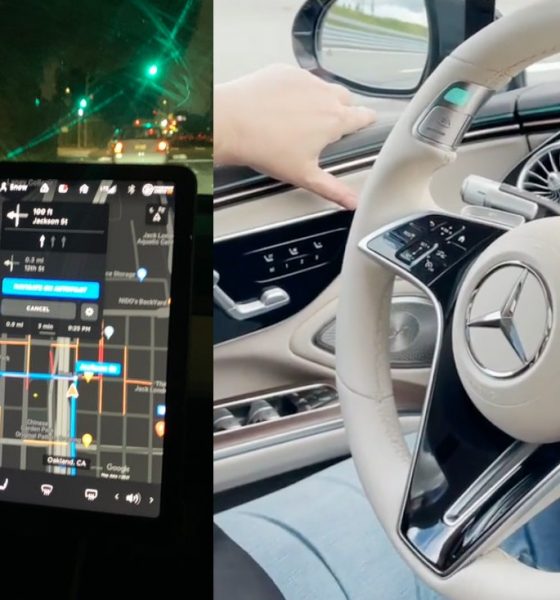
News
Tesla FSD Beta vs Mercedes-Benz DrivePilot comparison shows big difference in tech
Tesla typically catches flak among critics because its Autopilot system and FSD Beta are still classified as SAE Level 2 driver-assist systems. This means that while the vehicles are able to handle most driving tasks, drivers must have their hands at the steering wheel so they could take over the vehicle’s controls at any time.
Unfortunately for Tesla, other automakers are now rolling out features classified as SAE Level 3 systems, which allow hands-free operations. This gave the impression that Tesla’s Autopilot and FSD Beta are lagging behind legacy auto’s driver-assist systems. Such a narrative was certainly brought forward following the release of the Honda Legend’s SAE Level 3 suite earlier this year, which allowed for hands-free driving in congested traffic when the vehicle is traveling less than 31 mph on an expressway.
The Mercedes-Benz EQS’ DrivePilot system is quite similar to the Honda Legend’s in the way that it is classified as an SAE Level 3 system. A recent video of the system in action was shared online, and it depicted how DrivePilot responds to a series of situations that drivers may encounter on the road. It should be noted that Mercedes-Benz’s DrivePilot demonstration was performed in a closed track with pre-prepared simulations.
The video of DrivePilot’s capabilities showed a conservative SAE Level 3 system that would likely be useful in optimum scenarios. In Mercedes-Benz’s demo, it was highlighted that DrivePilot uses a variety of sensors, but it would only be usable on highways that are pre-mapped in the daytime, and during dry conditions. When it’s snowing, or raining, or if it’s nighttime, DrivePilot would not be able to operate.
This is where Tesla’s approach to full self-driving differs. The company currently uses a pure vision approach to develop its self-driving software, and so far, it seems to be working well. FSD Beta is already capable of traversing inner-city streets even under rainy or foggy conditions, and even basic Autopilot could be used at night. Granted, Tesla still requires drivers to have a hand ready at the wheel just in case manual interventions are needed, but such an inconvenience seems well worth the additional features of Autopilot and FSD Beta.
Time will tell if Tesla’s self-driving strategy would prove to be the real path to autonomous driving. But for now, at least, it appears that Tesla’s SAE Level 2 systems are already more capable than competing solutions that are classified as SAE Level 3. Whether this will remain the case in the coming years is yet to be seen.
Watch Mercedes-Benz’s DrivePilot system and Tesla’s FSD Beta in the video below.
Don’t hesitate to contact us with news tips. Just send a message to tips@teslarati.com to give us a heads up.
News
Tesla snags Lamborghini alum to help in newly entered market
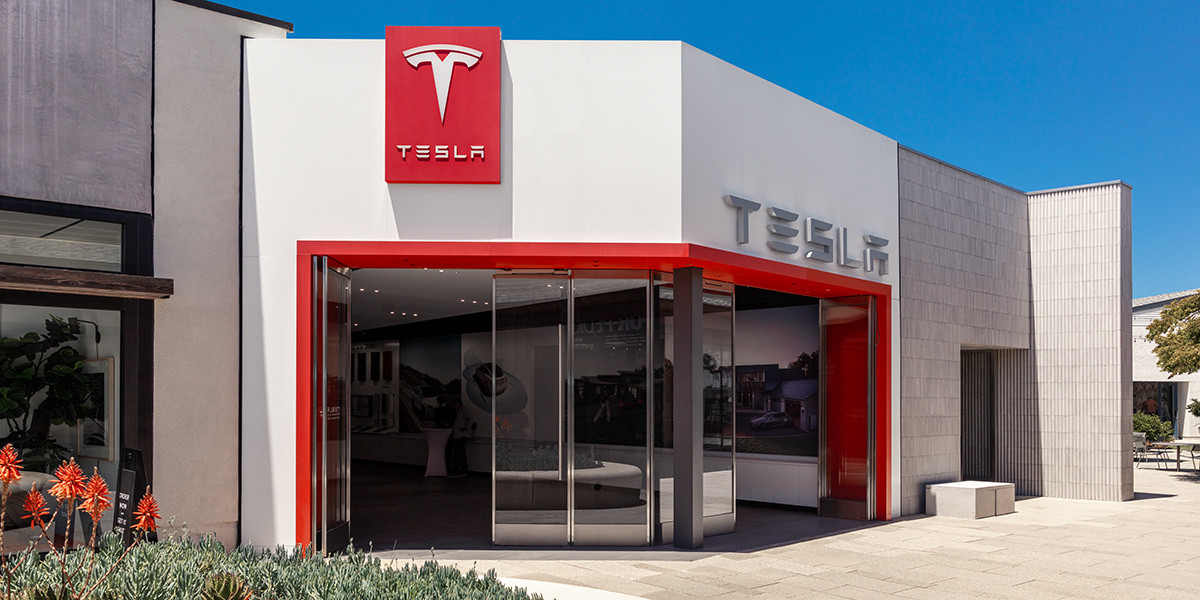
Tesla has snagged a Lamborghini alum to help with its entrance into a new market, which has proven to be an intricate situation for the automaker.
A report from Bloomberg states that Tesla has hired Sharad Agarwal, who was formerly employed by the Italian luxury carmaker, to run its operations in India. With Lamborghini, he was employed to handle operations in India.
Tesla launches in India with Model Y, showing pricing will be biggest challenge
Tesla has gone through quite a few different team members with its launch in India, starting with a few hirings a few years ago, well before the company actually committed to selling cars in the country.
The move helps Tesla streamline its executive decision-making process, as it previously had employees in India reach out to managers based in China, among other areas. Agarwal will be stationed in India and will handle the company’s operations.
Tesla’s mentality behind the strategy is to have local leadership, something that seems to cater to the market specifically.
Tesla had previously put Isabel Fan, the manager of Southeast Asia for the company, in the position. However, Tesla seemed to want someone who was more permanent and would be dedicated to India exclusively.
India has the largest population on Earth and has a massive automotive market for that reason. Tesla stands to gain a lot from a strong performance in India, and its clean energy vehicles could help with pollution of all kinds in the region.
Tesla’s path to entrance in the Indian market was a long one, as the company tried for nearly ten years to get into the elusive region. Back in 2016, CEO Elon Musk said Tesla “would love to be in India,” teasing the Model 3.
By 2017, Tesla had met with officials from the country, but tried to get import duties down to nothing from 100 percent.
Indian authorities denied Tesla’s request.
For years, Musk met with Prime Minister Narendra Modi to try and iron out a deal of some sort. Nothing truly came to fruition, at least until last year, when real movement started.
By 2024, India had introduced a strategy to reduce import duties for some companies, which was enough for Tesla to make a move. It is now 2025, and the company still has not committed to building a factory in the region. However, it is not completely out of the question.
News
Tesla Sentry Mode helps lock up drive-by shooting suspect in Seattle
“A nearby Tesla actually captured the video that showed a man crouched behind a vehicle firing gunshots. A lot of vehicles record, and officers know that Teslas, especially, record, so we use that video all the time in these instances.”
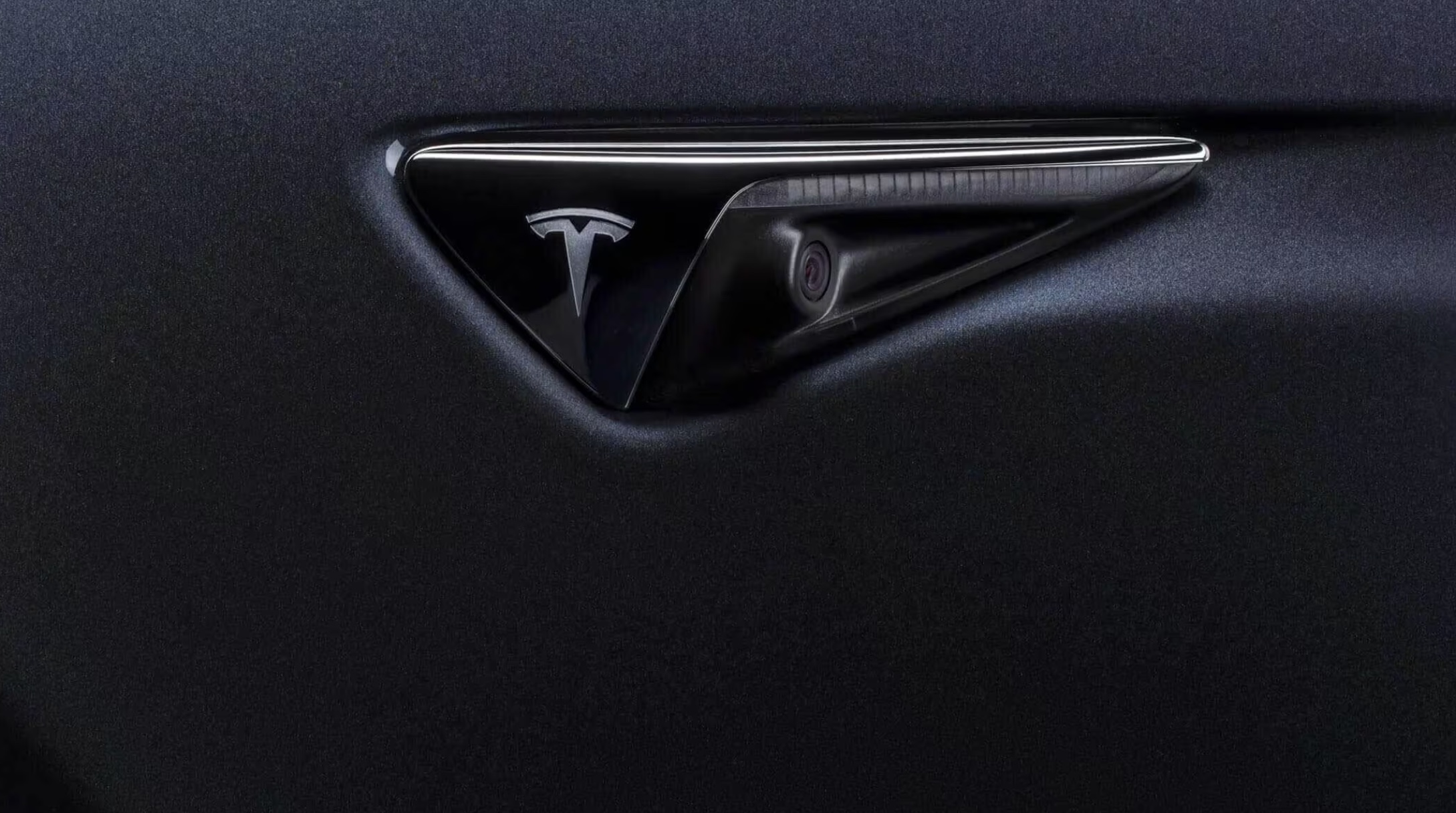
Police in Seattle, Washington, are crediting Tesla’s well-known Sentry Mode for helping find a suspect in a drive-by shooting case.
A 21-year-old was arrested for an alleged drive-by shooting in the Pioneer Square neighborhood of Seattle this past Sunday, and the leads on the case seemed to be slim.
However, a Tesla parked nearby was able to record the shooting, as well as the car that the suspect hopped in after the crime occurred. It helped police identify the person they were looking for.
Seattle Police Department Detective Brian Pritchard said to MyNorthwest that the Tesla was a critical part of finding the suspect and placing him under arrest:
“A nearby Tesla actually captured the video that showed a man crouched behind a vehicle firing gunshots. A lot of vehicles record, and officers know that Teslas, especially, record, so we use that video all the time in these instances.”
The Tesla footage helped the Police put the suspect into handcuffs about an hour after the crime was committed. They are currently charged with drive-by shooting and unlawful possession of a firearm.
Tesla Sentry Mode is a security feature the vehicle utilizes to help solve crimes like vandalism, but it is also a cool feature that has caught things like accidents and other incidents on camera.
Many people still do not know about it, including the many vandals who keyed or broke the windows of Teslas earlier this year, as people damaged others’ cars in an act of retaliation against CEO Elon Musk when he became involved in politics.
This is far from the first time Sentry Mode has helped Police Departments solve crimes. Last September, we reported on Oakland’s Police Department in California using Teslas near crime scenes to help solve cases.
Tesla Sentry Mode is Oakland PD’s secret weapon against rising crime
Sergeant Ben Therriault, president of the Richmond Police Officers Association, said, “We have all these mobile video devices floating around,” in reference to the Teslas that sit and capture nearly everything that surrounds them.
Sentry Mode has helped officers arrest a variety of suspects, including several people who were allegedly involved in the murder of a 27-year-old woman in Northern California.
Elon Musk
UPDATE: Tesla investors push Charles Schwab for Musk comp plan clarification
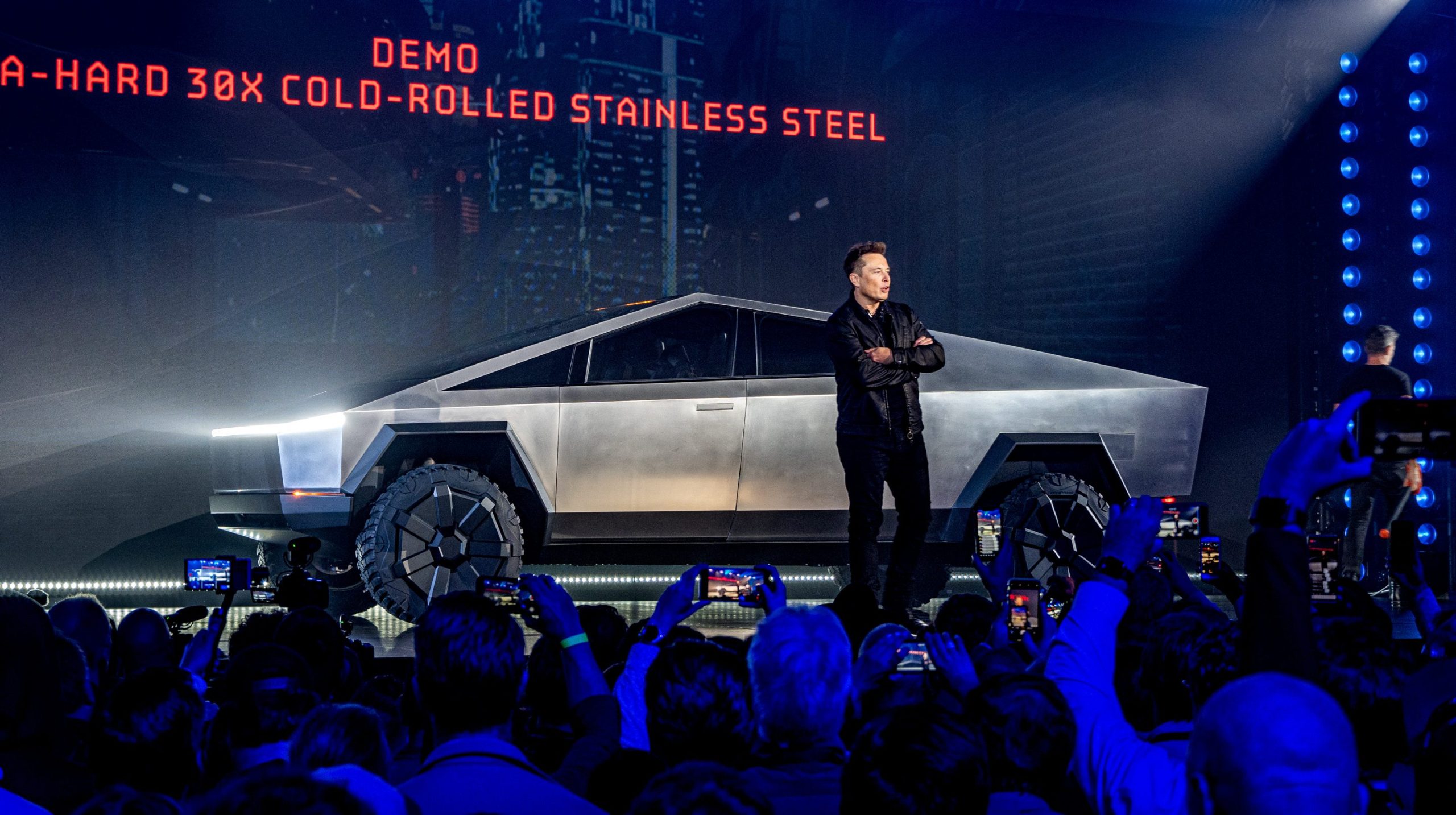
Update: 4:00 p.m. EDT – Charles Schwab has reached out to TESLARATI with the following statement, clarifying that it plans to vote FOR Musk’s compensation package:
“Schwab Asset Management’s approach to voting on proxy matters is thorough and deliberate. We utilize a structured process that focuses on protecting and promoting shareholder value. We apply our own internal guidelines and do not rely on recommendations from Glass Lewis or ISS. In accordance with this process, Schwab Asset Management intends to vote in favor of the 2025 CEO performance award proposal. We firmly believe that supporting this proposal aligns both management and shareholder interests, ensuring the best outcome for all parties involved.”
There have also been updates to the headline and various paragraphs to reflect this as well as accuracy.
Tesla investors are pushing Charles Schwab for clarification after it was expected to vote against CEO Elon Musk’s pay package.
Several high-profile Tesla influencers are speaking out against Charles Schwab, saying its decision to vote against the plan that would retain Musk as CEO and give him potentially more voting power if he can achieve the tranches set by the company’s Board of Directors.
The Tesla community appeared to see that Schwab is one firm that tends to vote against Musk’s compensation plans, as they also voted against the CEO’s 2018 pay package, which was passed by shareholders but then denied by a Delaware Chancery Court.
Schwab’s move was recognized by investors within the Tesla community and now they are speaking out about it:
Hey @CharlesSchwab – I need to speak with someone from Schwab Private Wealth Services this week. Please reach out via email, the mobile app message center, phone, or X DM.
Here’s why this is urgent: At least 6 of your ETF funds (around 7 million $TSLA shares) voted against… https://t.co/uSgPWnfTFc— Jason DeBolt ⚡️ (@jasondebolt) November 3, 2025
If @CharlesSchwab doesn’t vote for Elon Musk’s 2025 CEO Performance Award plan, I’ll move all my assets to another brokerage. My followers, many of whom also hold assets with Schwab and collectively own at least hundreds of millions in $TSLA, may do the same.
I can’t in good… https://t.co/6iUU6PdzYx— Sawyer Merritt (@SawyerMerritt) November 3, 2025
ready to help with the @CharlesSchwab exodus
— Gali (@Gfilche) November 3, 2025
At least six of Charles Schwab’s ETFs were expected to vote against Tesla’s Board recommendation to support the compensation plan for Musk. The six ETFs represent around 7 million Tesla $TSLA shares.
Jason DeBolt, an all-in Tesla shareholder, summarized the firm’s decision really well:
“As a custodian of ETF shares, your fiduciary duty is to vote in shareholders’ best interests. For a board that has delivered extraordinary returns, voting against their recommendations doesn’t align with retail investors, Tesla employees, or the leadership we invested to support. If Schwab’s proxy voting policies don’t reflect shareholder interests, my followers and I will move our collective tens of millions in $TSLA shares (or possibly hundreds of millions) to a broker that does, via account transfer as soon as this week.”
Tesla shareholders will vote on Musk’s pay package on Thursday at the Annual Shareholders Meeting in Austin, Texas.
It seems more likely than not that it will pass, but investors have made it clear they want a decisive victory, as it could clear the path for any issues with shareholder lawsuits in the future, as it did with Musk’s past pay package.
-
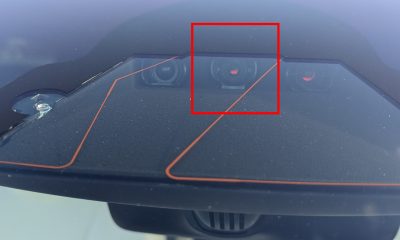
 News2 weeks ago
News2 weeks agoTesla rolled out a new feature with FSD v14 to fix a major complaint
-
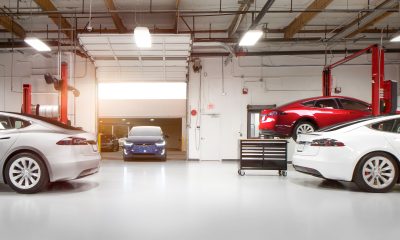
 News2 weeks ago
News2 weeks agoTesla just made Service even easier and more convenient
-
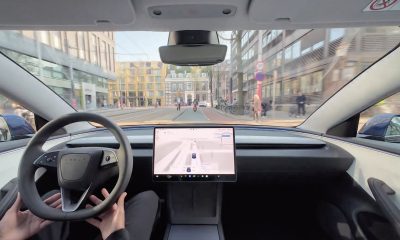
 News2 weeks ago
News2 weeks agoTesla Full Self-Driving’s new version officially gets a wider rollout
-
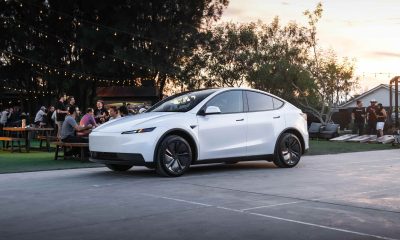
 News2 weeks ago
News2 weeks agoTesla makes crazy move to spur short-term demand in the U.S.
-
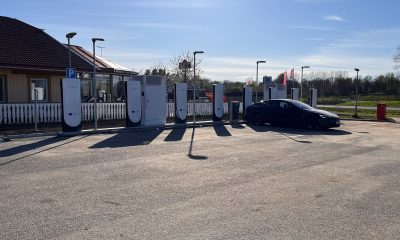
 News2 weeks ago
News2 weeks agoTesla Sweden faced with fresh strike from elevator company
-

 News2 weeks ago
News2 weeks agoKia and Tesla top list in Swedish study of strongest EV batteries
-
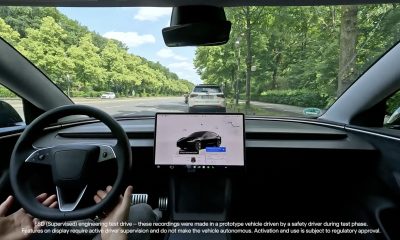
 News2 weeks ago
News2 weeks agoTesla is looking to conduct FSD tests in new Swedish city: report
-

 Investor's Corner2 weeks ago
Investor's Corner2 weeks agoTesla analyst says this common earnings narrative is losing importance


